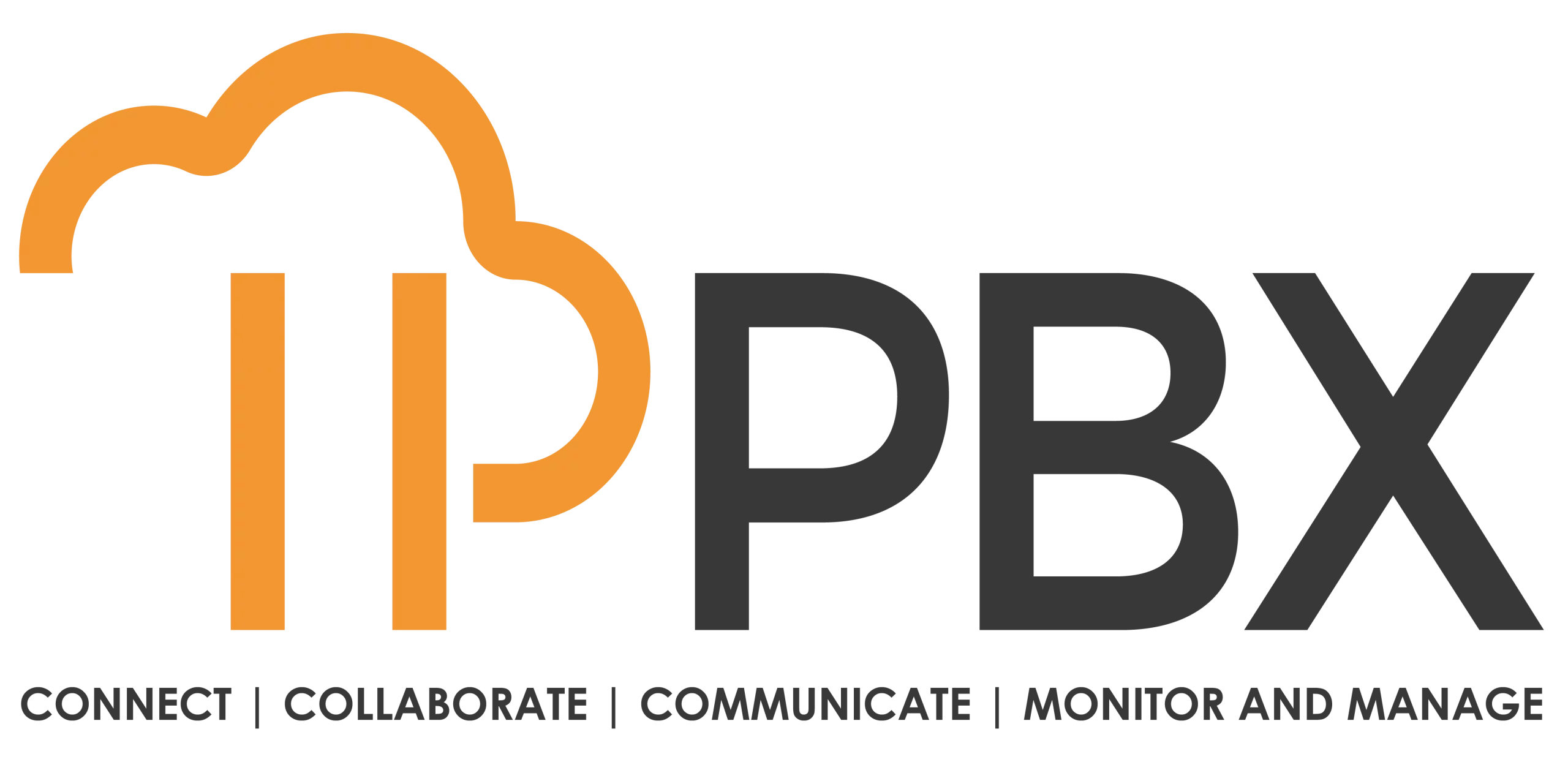In the modern workplace, effective communication is essential for fostering collaboration, enhancing employee engagement, and driving overall organizational success. As companies adapt to evolving work environments, implementing internal communication tools has become a necessity. These tools, often referred to as internal communication platforms for companies, can significantly improve the way information flows within an organization. However, simply adopting these tools is not enough; they must be implemented thoughtfully and strategically to maximize their benefits. This article outlines best practices for effectively implementing internal communication tools in your company.
Understanding the Need for Internal Communication Tools
1. The Role of Internal Communication
Internal communication plays a critical role in ensuring that employees are informed, engaged, and aligned with the company’s goals. Effective communication fosters collaboration, reduces misunderstandings, and builds a cohesive workplace culture. As remote and hybrid work models become increasingly common, the need for robust internal communication platforms has never been greater. These platforms facilitate real-time communication, allowing teams to collaborate effortlessly regardless of their physical locations.
2. Benefits of Internal Communication Platforms
Investing in internal communication platforms for companies comes with numerous advantages, including:
- Improved Collaboration: Teams can work together more effectively, sharing information and resources quickly.
- Increased Engagement: Employees feel more connected and valued when they have access to timely updates and feedback channels.
- Enhanced Productivity: Streamlined communication reduces bottlenecks and allows for quicker decision-making.
- Better Change Management: Clear communication during times of change helps alleviate employee concerns and fosters a smoother transition.
Steps for Effective Implementation
3. Assess Your Communication Needs
Before selecting an internal communication tool, it’s crucial to assess your organization’s specific communication needs. Consider the following factors:
- Team Structure: What is the size and structure of your teams? Different teams may have varying communication requirements.
- Current Pain Points: Identify existing communication challenges. Are there issues with information silos, misunderstandings, or delays in communication?
- Employee Preferences: Gather input from employees about their preferred communication methods. Understanding their needs can shape your tool selection.
4. Choose the Right Platform
Once you have a clear understanding of your communication needs, it’s time to choose an appropriate internal communication platform. Consider the following features:
- User-Friendly Interface: The tool should be intuitive and easy to navigate to encourage adoption.
- Integration Capabilities: Ensure the platform can integrate with existing tools and systems to avoid disruptions.
- Mobile Access: With remote work on the rise, a mobile-friendly platform allows employees to stay connected on the go.
- Security Measures: Protecting sensitive information is essential, so prioritize platforms with robust security features.
5. Involve Employees in the Decision-Making Process
Engaging employees in the selection process can significantly enhance buy-in and adoption rates. Consider forming a committee that includes representatives from various departments. This way, you can gather diverse perspectives on potential tools and ensure that the selected platform meets the needs of the entire organization.
6. Develop a Clear Implementation Plan
A successful implementation requires a well-defined plan. Outline the following steps:
- Timeline: Establish a realistic timeline for the rollout of the new platform.
- Training Sessions: Organize training sessions for employees to familiarize them with the new tool. Focus on its features and benefits to ensure they understand how to use it effectively.
- Support Resources: Provide resources, such as user guides and FAQs, to assist employees in navigating the platform.
Ensuring Successful Adoption
7. Communicate the Benefits
As you roll out the new internal communication tool, it’s essential to communicate its benefits clearly. Highlight how the platform will make employees’ jobs easier, improve collaboration, and enhance overall communication within the organization. Effective communication about the advantages can help generate excitement and increase engagement.
8. Encourage Usage Through Incentives
To encourage employees to adopt the new platform, consider implementing incentive programs. Recognize teams or individuals who actively use the tool for collaboration, sharing updates, or providing feedback. Celebrating these behaviors can reinforce the importance of the platform and motivate others to engage.
9. Gather Feedback for Continuous Improvement
After implementation, continuously gather feedback from employees about their experiences with the internal communication platform. This feedback is invaluable for identifying areas for improvement and ensuring the tool meets their evolving needs. Regularly assess usage metrics and employee satisfaction to make informed decisions about adjustments or additional features.
Overcoming Common Challenges
10. Address Resistance to Change
Change can be challenging, and employees may resist new communication tools for various reasons. To address this resistance:
- Acknowledge Concerns: Listen to employees’ concerns about the new tool and address them openly.
- Provide Support: Offer ongoing support and resources to help employees adjust to the new platform.
- Highlight Success Stories: Share success stories of teams that have benefited from the new tool. This can demonstrate its value and encourage others to embrace it.
11. Maintain Consistency
Consistency in communication is vital for the success of any internal communication tool. Encourage employees to use the platform regularly for updates, announcements, and team discussions. Establish guidelines for when and how to use the tool to ensure everyone is on the same page.
12. Evaluate and Adapt
Finally, regularly evaluate the effectiveness of the internal communication platform. Set specific metrics to measure its impact on communication, collaboration, and employee engagement. Be prepared to adapt your strategy based on the feedback and data you collect, ensuring that the platform continues to meet the needs of your organization.
Conclusion
Implementing internal communication tools effectively is essential for fostering a collaborative, engaged, and productive workplace. By carefully assessing your organization’s needs, choosing the right platform, and encouraging adoption, you can significantly enhance communication within your company. Remember that the journey doesn’t end with implementation; continuous feedback and adaptation are crucial for long-term success. By prioritizing effective internal communication, you are investing in the future of your organization.

